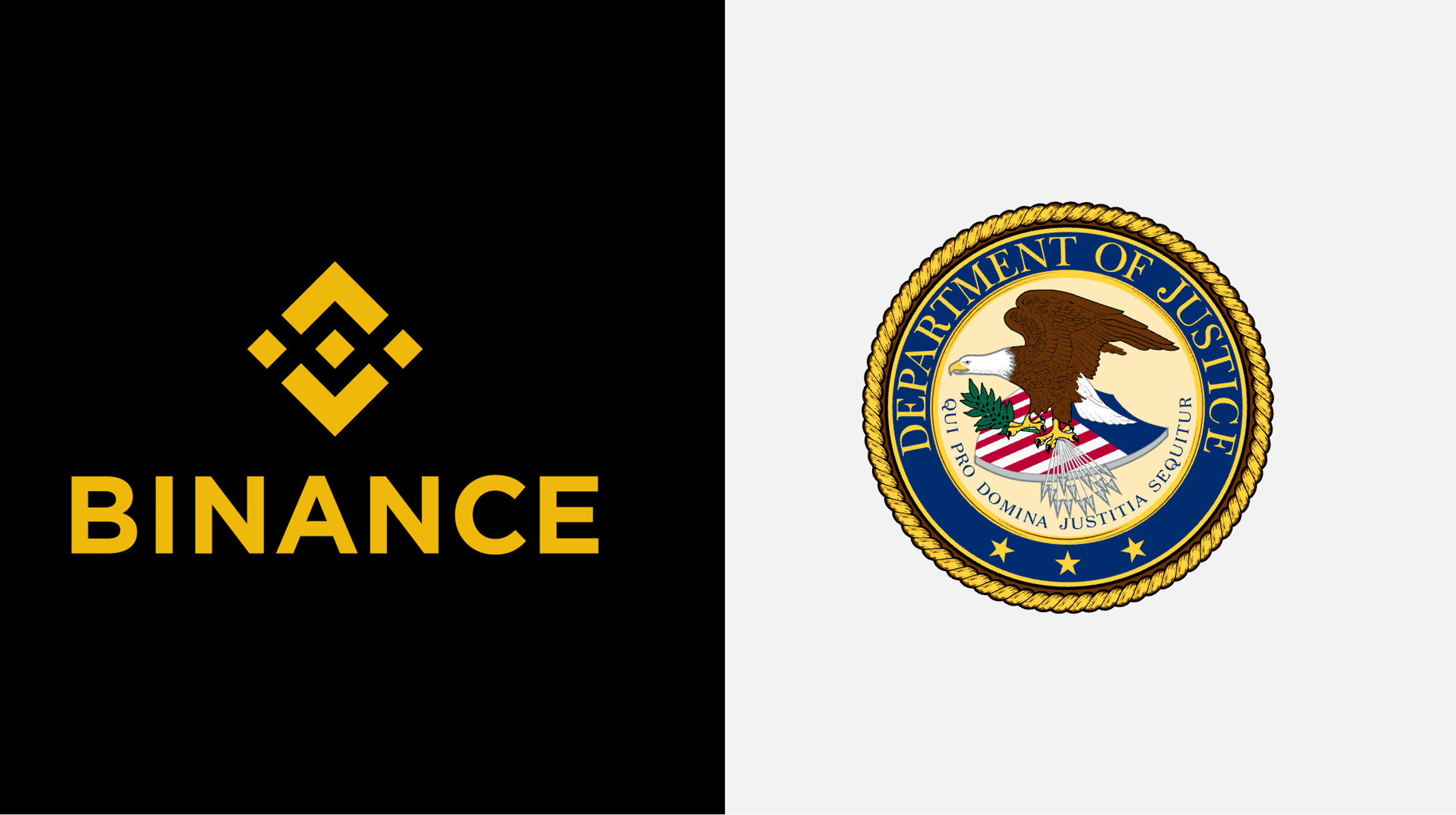In 2023, the crypto industry has grappled with a prolonged bear market, and it seems like the darkest moment has passed: The BTC price has surged from $16,000 at the beginning of the year to $40,000, setting new records in these rough times; the total market cap of crypto assets has skyrocketed from under $800 billion in early 2023 to $1.5 trillion. Amidst the market expansion, the industry has kept forging ahead, with new developments including the innovation of Ordinals and the Bitcoin ecosystem, AI narratives driven by ChatGPT, and the boom of RWAs. With progress across all categories, crypto has continued to impress its users.
Today, we will delve into the development of crypto in 2023, a crucial year for the industry, through 10 keywords.

1. Ordinals Inscriptions
Ordinals inscriptions are undoubtedly the most influential innovation in the crypto industry this year. Introduced by Bitcoin developer Casey Rodarmor in January 2023, the Ordinals protocol achieved the issuance of NFTs on the Bitcoin network by adopting new concepts of ordinals and inscriptions.
Ordinals assigns a unique serial number to each satoshi (the smallest unit of Bitcoin, 1 BTC=100 million satoshis) according to the order in which it was mined, making sure that every satoshi stays indivisible and non-fungible. Developers can inscribe text, images, and other data onto satoshi, allowing them to store the information on the blockchain.
Building upon the Ordinals protocol, domo, a Bitcoin enthusiast, introduced homogenous assets known as BRC20, which led to the boom of inscription assets like Ordi and Sats in the Bitcoin ecosystem. Meanwhile, many developed also extended inscription assets to other blockchains, including Ethereum, Litecoin, Dogecoin, and Polygon. This development has made inscription assets, which emphasize fair distribution, the hottest topic in 2023.

2. PoW Coins
Following Ethereum’s shift to PoS, the PoW concept garnered growing attention instead of fading away, thanks to the stellar performance of Kaspa, an emerging PoW project. During the past year, KAS outperformed many established projects. The coin pulled off a price surge of 1,847%, securing a spot among the top 50 cryptos in terms of market cap. In the meantime, mining rig manufacturers have swiftly responded to the success of KAS and rolled out specialized KAS miners.
The ascent of KAS has driven the growth of other emerging PoW coins, prompting miners and investors to seek the next PoW coin with the potential for hundredfold returns.
3. Shapella Upgrade
Following the Merge, Ethereum underwent another major upgrade in 2023: the Shapella upgrade. This marks the final step in Ethereum’s transition to a PoS ecosystem.

For developers, the Shapella upgrade increased the smart contract size limit, which opens up more possibilities for app development; users also benefit from the upgrade, as it reduced gas consumption, equivalent to a decrease in costs; stakers can finally withdraw their ETH staked since the inception of the Beacon Chain and claim rewards after the Shapella upgrade.
4. Liquidity Staking
With Ethereum’s shift to a PoS mechanism, the staking sector has seen rapid growth. Under the PoS mechanism, users need to lock up their cryptos to maintain network nodes, rendering these tokens illiquid and unavailable for other purposes. Industry players proposed an innovative solution known as liquidity staking to unleash the liquidity of these locked-up coins.
Liquidity staking enables users to gain liquidity while staking. For instance, users can stake ETH in a liquidity staking protocol. The protocol will engage in staking on Ethereum on behalf of users, and they will also receive derivative tokens in a 1:1 ratio minted by the protocol. These derivative tokens can be freely traded or used in different scenarios, such as collateral for loans.
At the moment, the total ETH staked has reached 28.7 million, valued at over $60 billion. The gigantic market scale highlights the vast potential of liquidity staking protocols. LSDFi, a category related to liquidity staking, also became a hot topic in the first half of 2023.
5. Layer2
In recent years, Layer2 has emerged as the primary solution to Ethereum’s performance issues. Vitalik Buterin, the founder of Ethereum, has indicated that the network will adopt the Danksharding solution and Layer2’s Rollup technology to boost Ethereum’s TPS.
Following Optimism’s token issuance last year, other Layer2 projects have also stepped up their efforts. In March, Arbitrum, a leading Layer2 project, issued its governance token; Linea, a Layer2 network incubated by Metamask’s parent company ConsenSys, launched its mainnet in July; BASE, an L2 project backed by top crypto exchange Coinbase, introduced its mainnet in August; StarkNet, which represents ZK-Rollup, recently announced a snapshot airdrop. In 2023, the Layer2 category has flourished, with a wide range of new projects.
6. NFTFi
At the beginning of the year, the airdrop from Blur, an NFT trading platform, disrupted the dominance of OpenSea. Through its bidding mechanism, Blur introduced more liquidity to the NFT space, unlocking more possibilities for the market. Further, this also sparked more investor interest in NFTFi products, including NFT lending, derivatives, and aggregators.
7. AI
AI stands out as the hottest keyword for 2023 in cyberspace. ChatGPT, the fastest-growing application in history, signifies a new era in large language model development, which has convinced the world that the age of AI may soon arrive.

In 2023, the AI wave has swept the world, and crypto is no exception. This year, Sam Altman, CEO of OpenAI, launched a new crypto project called Worldcoin and claimed that it would become the largest real human network on the internet. Moreover, Worldcoin has partnered with Layer2 protocol Optimism and went live on the Optimism mainnet.
Additionally, the industry has seen the emergence of many other AI projects, encompassing data storage, computing services, and AI-driven systems. Meanwhile, many community members have been exploring the innovative combinations between DAO and AI.
8. RWAs
The term RWAs, or real-world assets, may be unfamiliar to some users. Tokenized RWAs are real-world assets brought onto the blockchain in the form of crypto, providing crypto investors with new trading options.
In 2023, against the backdrop of rising interests, US Treasury yields have seen steady growth, and their tokenized assets have also gained popularity, attracting more attention to RWAs. A number of major traditional financial institutions have embraced tokenized RWAs, as they experiment with stablecoins, tokenized deposits, and security token offerings on blockchain platforms.
9. Regulation
In 2023, regulation has remained an inevitable topic for the crypto industry. This year, the SEC filed lawsuits against Coinbase and Binance, two leading crypto exchanges. Notably, Binance settled a historic $4.368 billion fine with the US Department of Justice, and its founder CZ also stepped down as CEO as a result of the settlement.

Following several regulatory storms, most industry players anticipate an increasing number of such events. The peaceful coexistence between the crypto industry and regulation has also emerged as a long-term challenge.
10. Bitcoin Spot ETFs
Amidst heightened regulatory scrutiny, more traditional financial institutions have ventured into the crypto space. Since June, Wall Street giants like Fidelity, BlackRock, Franklin, and Invesco have applied for Bitcoin Spot ETFs. With the active involvement of institutional players like Ark, 21Shares, and Grayscale, most analysts believe that compared to previous years when SEC approval seemed to be no end in sight, 2024 is likely to witness the first officially approved Bitcoin Spot ETF.

The approval of a Bitcoin spot ETF will enable more institutional and retail investors to invest in crypto, with major implications for crypto’s market expansion.
2023 has been a pivotal year of transition for the crypto industry amid a bearish market. Despite the pressure from the Fed’s consecutive interest rate hikes and the lingering effects of the tough bear market in 2022, the industry has demonstrated robust innovation and strong resilience. Even in a bear market, crypto has continued to offer new technologies and applications. Going forward, 2024 promises to be another crucial and transformative year for the crypto industry.
About ViaBTC
ViaBTC, founded in May 2016, has provided professional, efficient, safe, and stable crypto mining services for over one million users in 130+ countries/regions around the world, with a cumulative mining output value of tens of billions of dollars. This world-leading, all-inclusive mining pool offers mining services spanning more than ten mainstream cryptos that include BTC, LTC, and KAS. Backed by one-stop ecosystem services encompassing ViaBTC Pool, ViaWallet, and CoinEx Smart Chain (CSC), ViaBTC strives to offer global users more diverse supporting tools, stabler and more efficient mining services, and better product experiences.